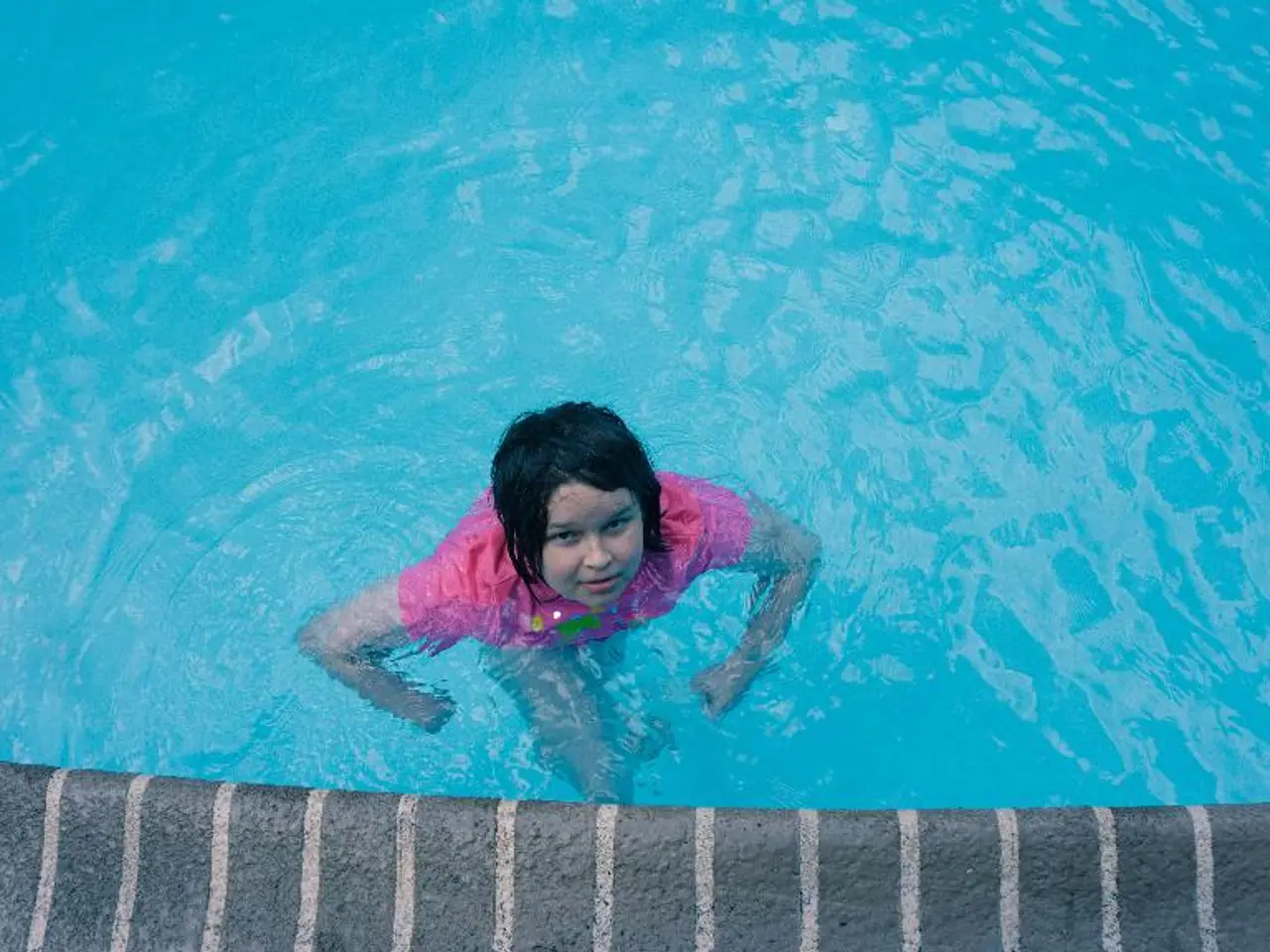Fear of Water: Origin, Signs, and Remedies
In a world where 264 million people worldwide grapple with anxiety disorders, according to the World Health Organization, one specific type of anxiety disorder that affects many is aquaphobia – an intense fear or aversion to water. This fear can significantly impact the quality of life for those affected, but it's important to remember that phobias, including aquaphobia, are treatable.
Aquaphobia can stem from various common causes, such as past traumatic experiences, lack of exposure to water during early childhood, anxiety disorders, negative associations, or even an innate fear. For instance, individuals who have experienced a near-drowning incident or a frightening experience while in the water are more likely to develop aquaphobia. Similarly, people who have not been exposed to water during their formative years may develop a fear due to unfamiliarity with the environment.
Symptoms of aquaphobia can be immediate and profound, including a sense of fear, anxiety, or panic when thinking about water, an excessive or irrational sense of fear and aversion in the presence of water, and fear and anxiety in the presence of water that noticeably impacts a person's ability to socialize or function. Additionally, those with aquaphobia may persistently avoid water, leading to a significant limitation in daily activities.
Physical effects of aquaphobia can be equally distressing, with symptoms such as rapid heartbeat, sweating, chills, shallow breathing, tightness or pain in the chest or throat, trembling or shaking, butterflies in the stomach, a dry mouth, dizziness, nausea, confusion or disorientation.
Fortunately, treatment for aquaphobia and other specific phobias is available. Mental healthcare providers review a person's medical history during the diagnostic evaluation to rule out other types of anxiety disorders, such as generalized anxiety disorder, post-traumatic stress disorder, obsessive-compulsive disorder, and panic disorder. Once a diagnosis is confirmed, treatment options like exposure therapy and cognitive-behavioral therapy (CBT) can be explored.
Exposure therapy aims to alter a person's fear response by repeatedly exposing them to the source of their phobia. For someone with aquaphobia, this may include phases like thinking about and talking about water, looking at pictures or watching videos of water, interacting with water in a glass, sink, or bathtub, turning faucets on and off, touching running water, standing near a swimming pool, lake, or the ocean, entering a body of water.
CBT, on the other hand, addresses the thought and behavioral patterns that occur during a phobic response. A mental healthcare provider helps the person understand which thoughts and behavior patterns contribute to their phobia and works with them to alter these patterns to overcome the phobia.
It's essential to note that these treatments should only be sought from licensed mental healthcare providers with specialized training in treating specific phobias and administering these therapies. Additionally, children with specific phobias may express anxiety or fear by crying, having tantrums, refusing to speak or move, or physically clinging to a parent or an object.
While the cause of aquaphobia and other specific phobias remains unknown, it's clear that with the right support and treatment, many people can overcome their fears and reclaim their lives. If you or someone you know is struggling with aquaphobia, seeking help from a licensed mental healthcare provider is the first step towards a life free from the constraints of fear.
Mental healthcare providers often evaluate individuals with phobias, such as aquaphobia, to identify any underlying anxiety disorders like generalized anxiety disorder, post-traumatic stress disorder, obsessive-compulsive disorder, or panic disorder. Treatment options for aquaphobia, alongside these potential co-occurring conditions, may involve exposure therapy and cognitive-behavioral therapy (CBT), which aim to modify fear responses and thought patterns to alleviate the phobia.




